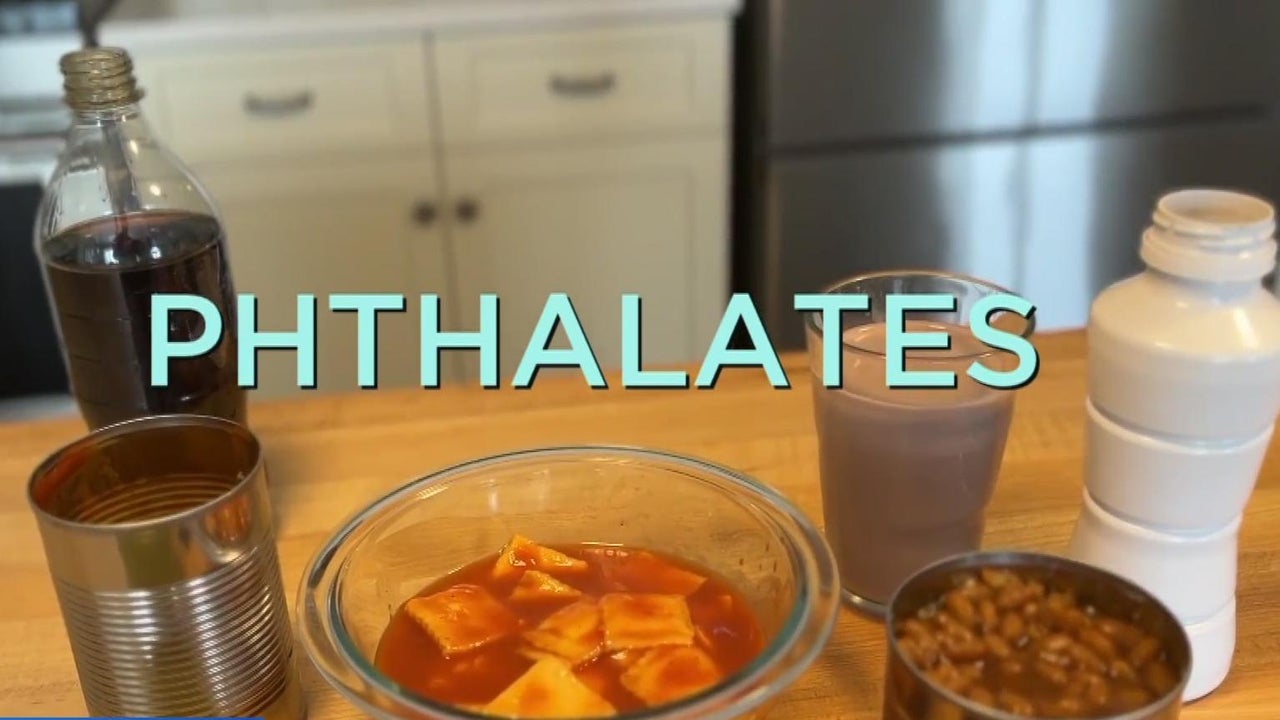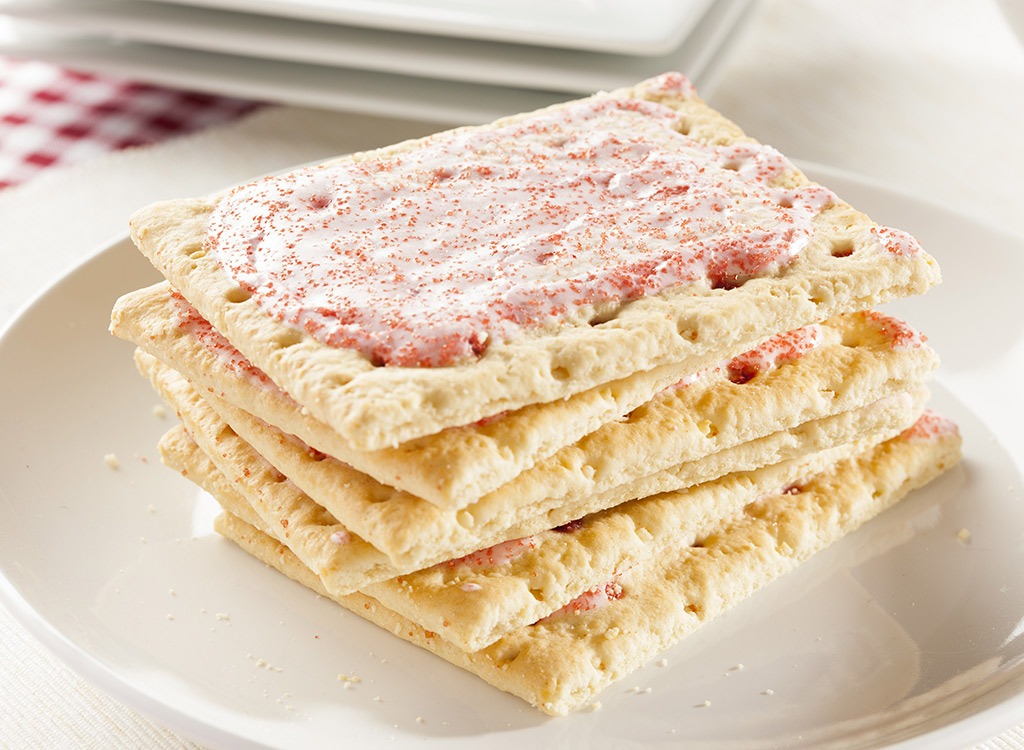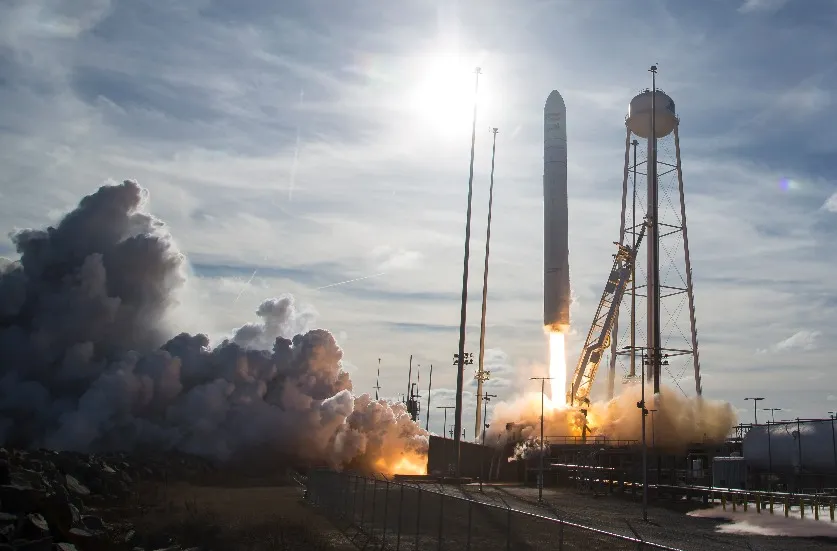Consumer Reports has unveiled alarming findings regarding the presence of perchlorate, a chemical commonly used in rocket fuel and fireworks, in a range of food products. The recent study highlights that perchlorate contamination is not only prevalent but also notably higher in foods consumed by babies and children. The investigation reveals that perchlorate was detected in 67% of the 196 food samples tested, which included 63 grocery items and 10 fast-food products. The levels of contamination ranged from just over two parts per billion (ppb) to 79 ppb. Particularly concerning are the elevated levels found in foods targeted at children, which averaged 19.4 ppb.

Perchlorate in Common Foods: Key Findings
Consumer Reports identified that foods packaged in plastic containers had the highest levels of perchlorate, averaging nearly 55 ppb. This was followed by foods wrapped in plastic wrap and those in paperboard packaging. The study underscores that fresh fruits, vegetables, and fast food also contained significant amounts of the chemical. The presence of perchlorate in food has been a concern for decades. The Environmental Working Group first flagged it in supermarket lettuce in 2003. Perchlorate is known to interfere with thyroid function and potentially cause brain damage in fetuses and newborns.
Health Implications for Children
The Environmental Protection Agency (EPA) established a reference dose for perchlorate in 2005, setting it at 0.7 micrograms per kilogram of body weight per day. The European Food Safety Authority (EFSA) has set a tolerable daily intake at half that amount. Although the levels found in Consumer Reports’ tests did not exceed these limits, the advocacy group raises concerns about cumulative exposure.
Consumer Reports highlights that young children, due to their lower body weight, may be at greater risk. For instance, a serving of boxed macaroni and cheese tested in the study could approach 50% of the EFSA limit for a child between one and two years old. Similarly, servings of baby rice cereal, baby multigrain cereal, and organic yogurt each hit about a quarter of the EFSA limit. Even common vegetables like cucumbers, baby carrots, and collard greens could exceed 50% of the EFSA limit for young children, making high daily intake a potential issue.
Recommendations and Sources of Contamination
Consumer Reports advises feeding children a varied diet to minimize exposure to contaminants. The study also notes that the source of perchlorate in food remains unclear, but suggests that anti-static plastics in packaging and contaminated irrigation water might be contributing factors.

Perchlorate contamination primarily arises from the manufacture and disposal of propellants, explosives, and pyrotechnics, as well as accidental releases from factories and rocket launches. The National Institutes of Health’s Agency for Toxic Substances and Disease Registry points out that these industrial activities are major sources of perchlorate in the environment. While the detected levels of perchlorate in foods do not exceed regulatory limits, the potential health risks, especially for children, underscore the need for ongoing vigilance and research into safer food packaging and agricultural practices.
